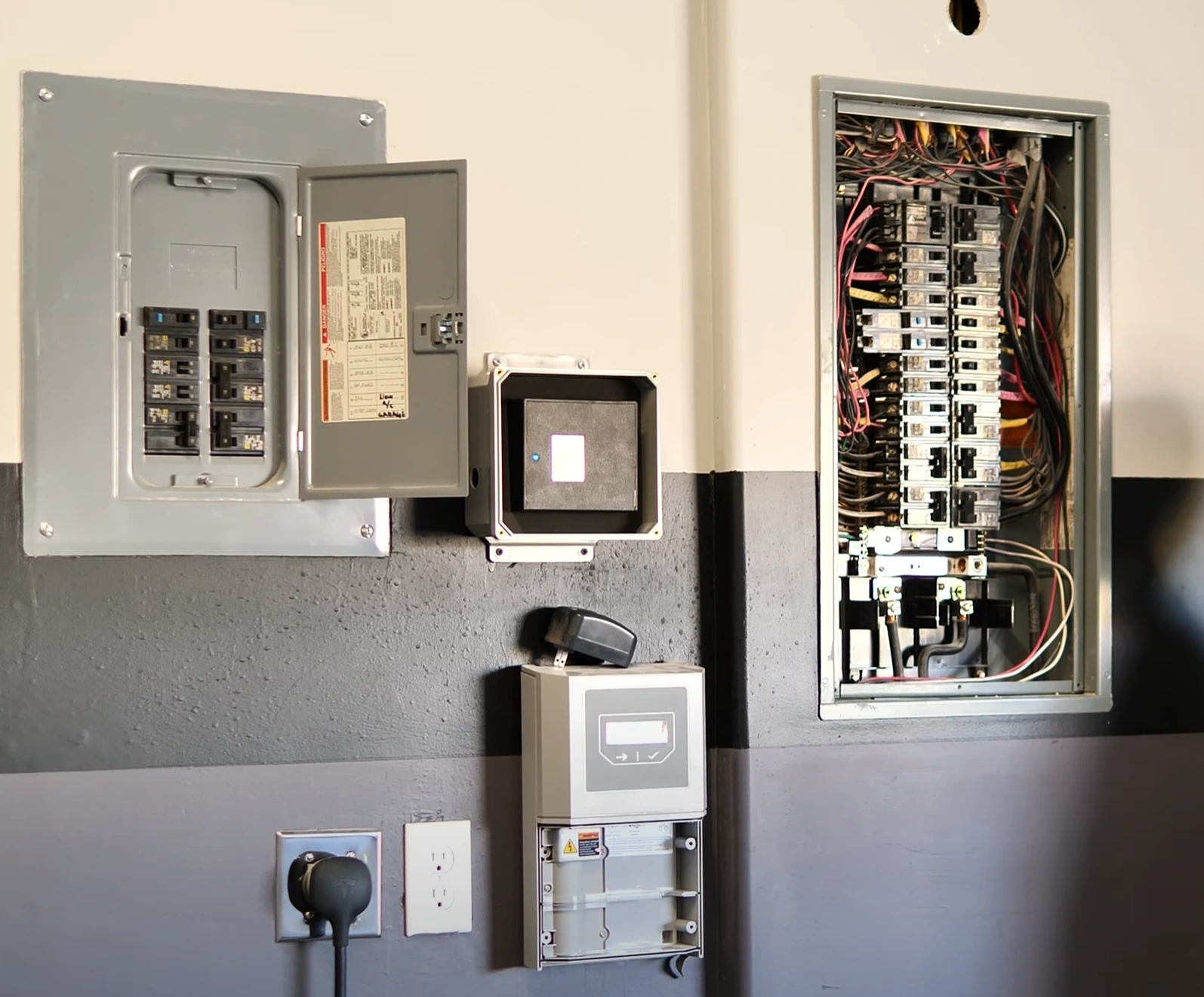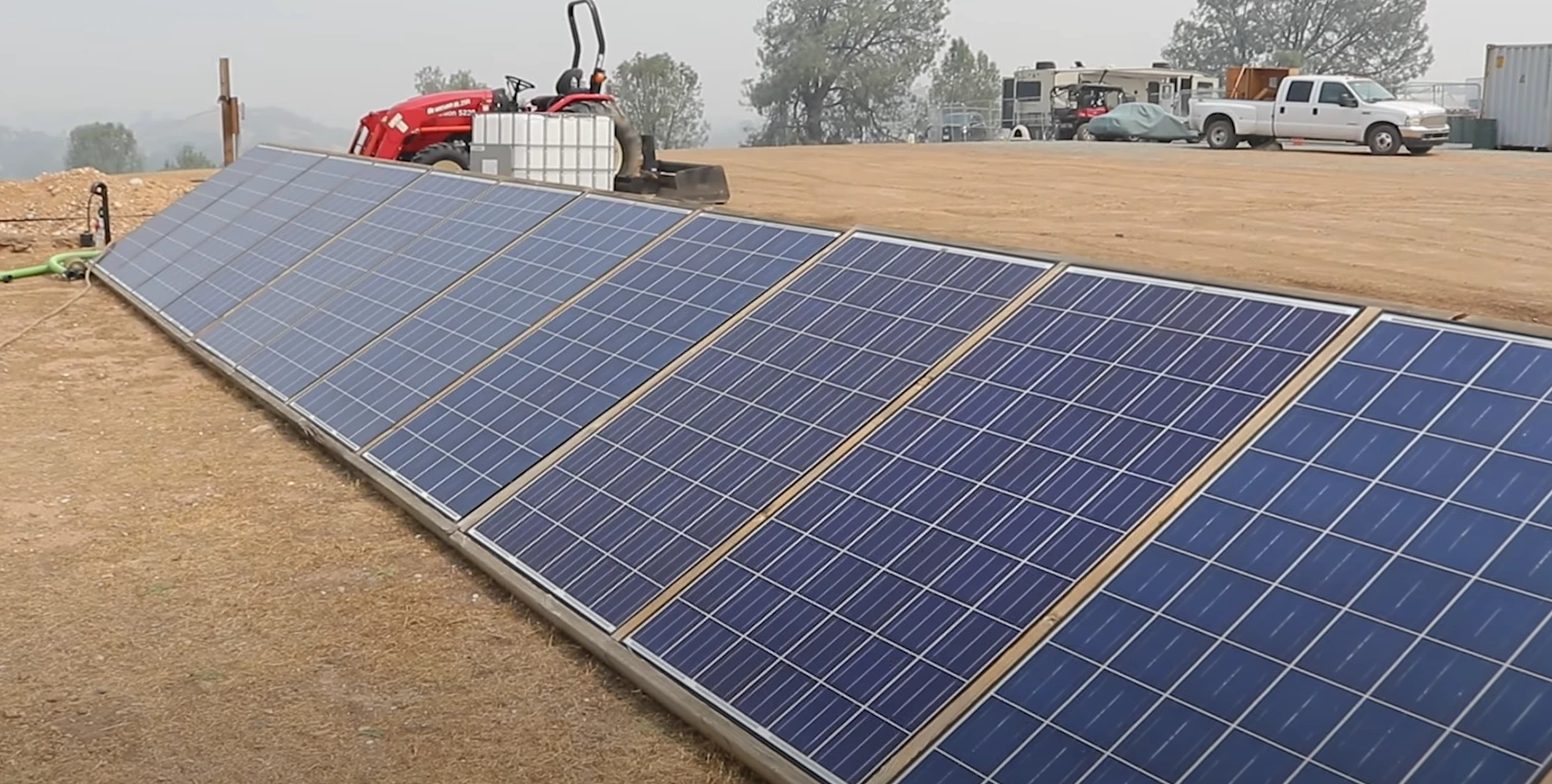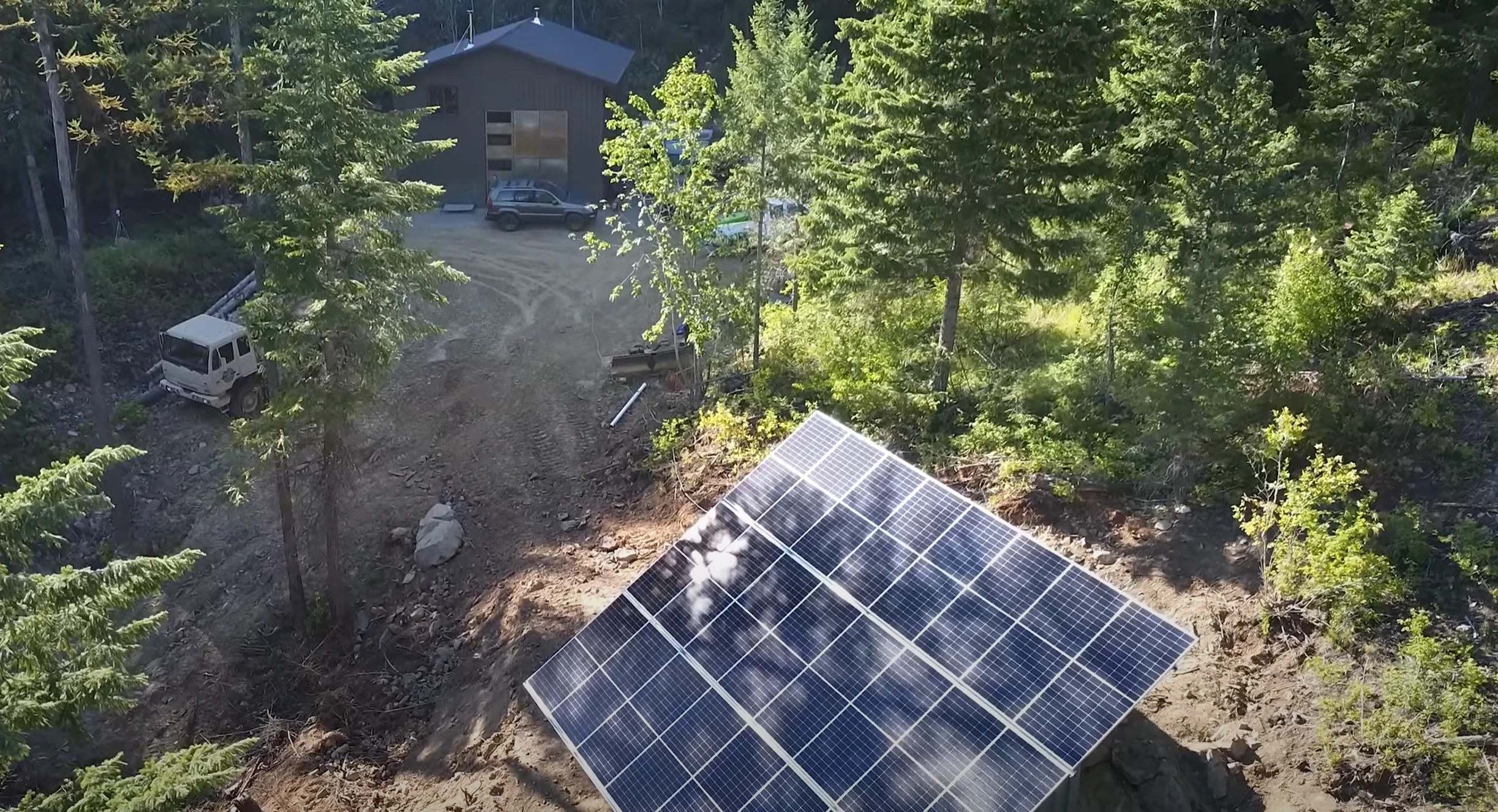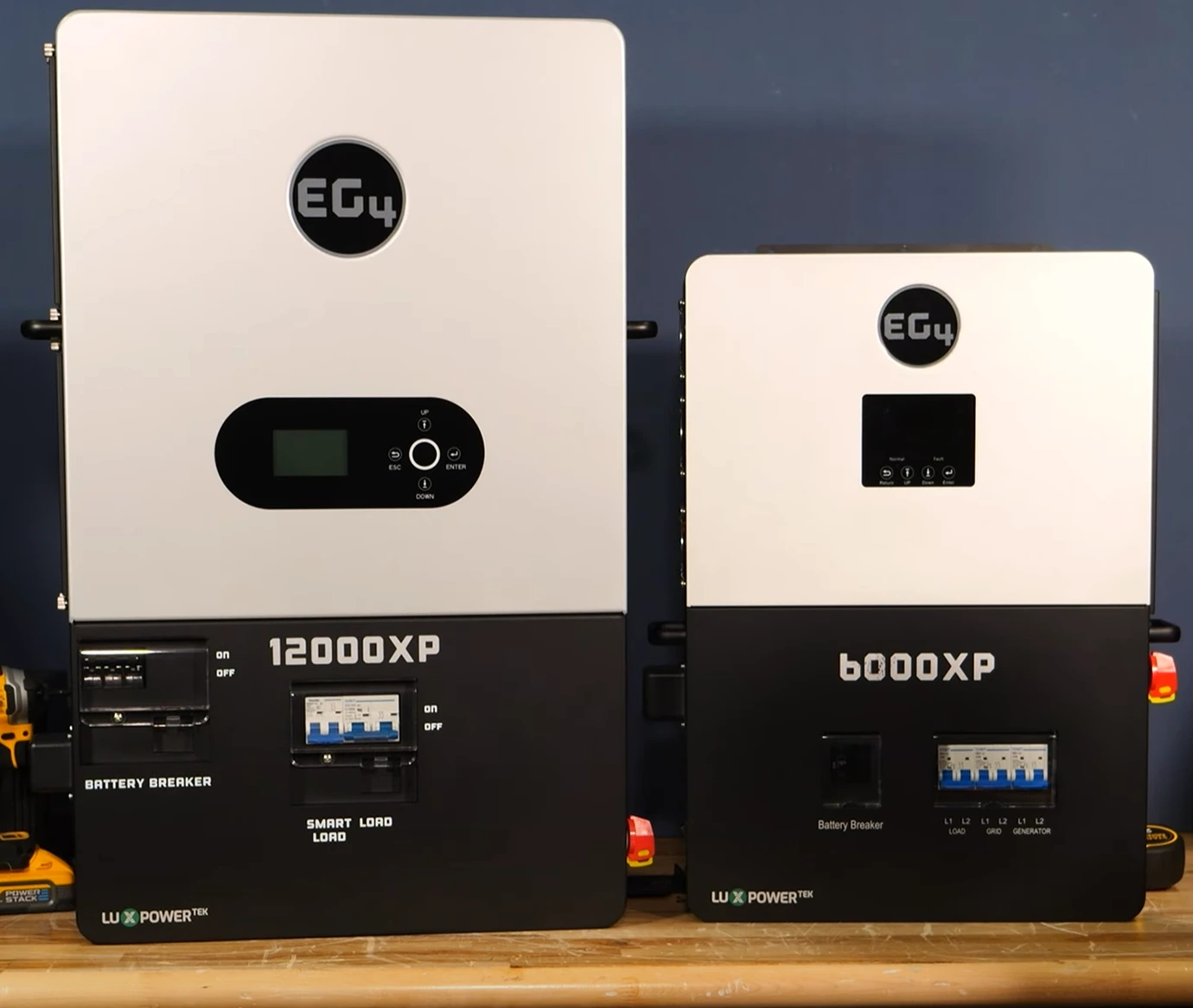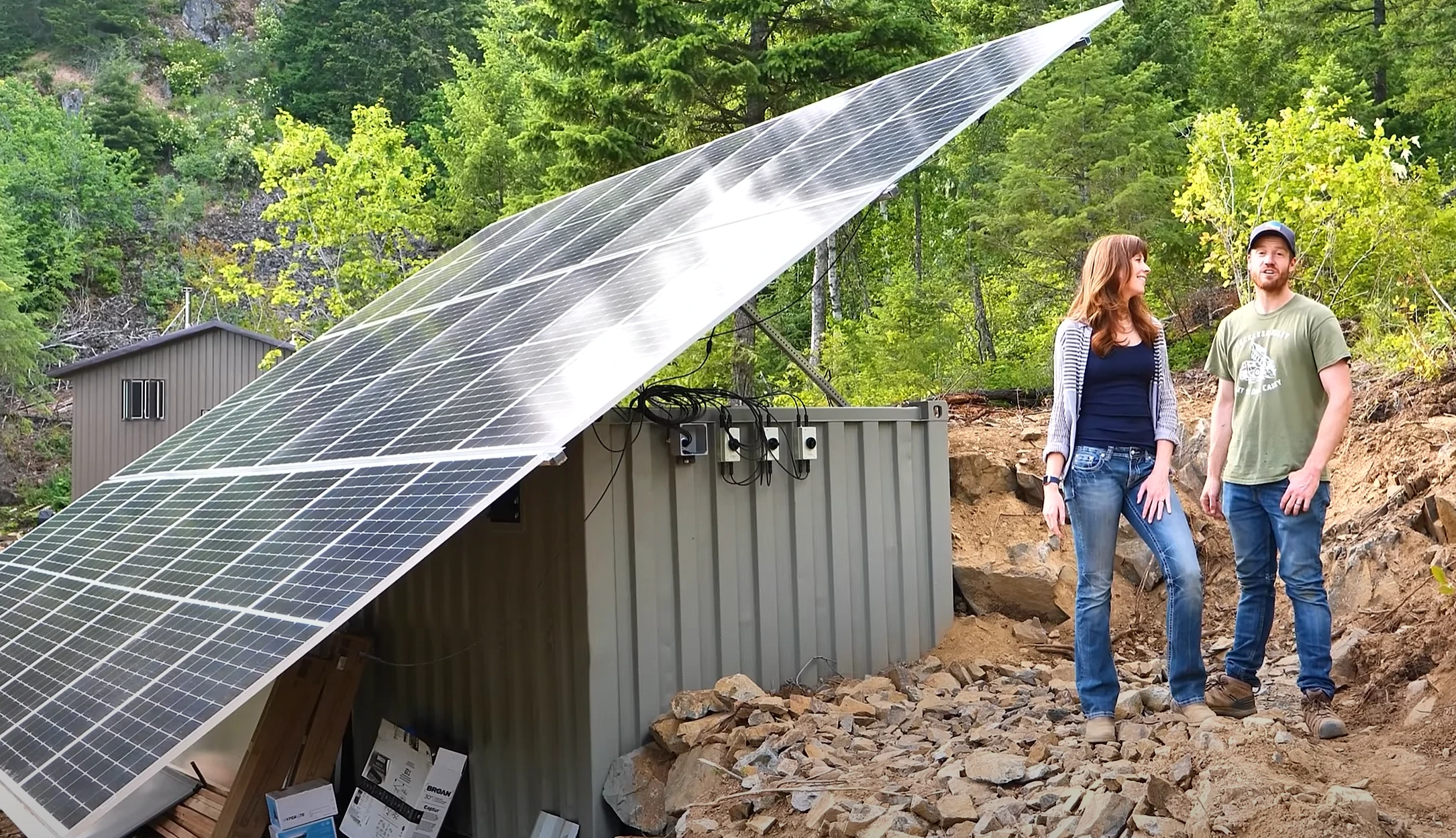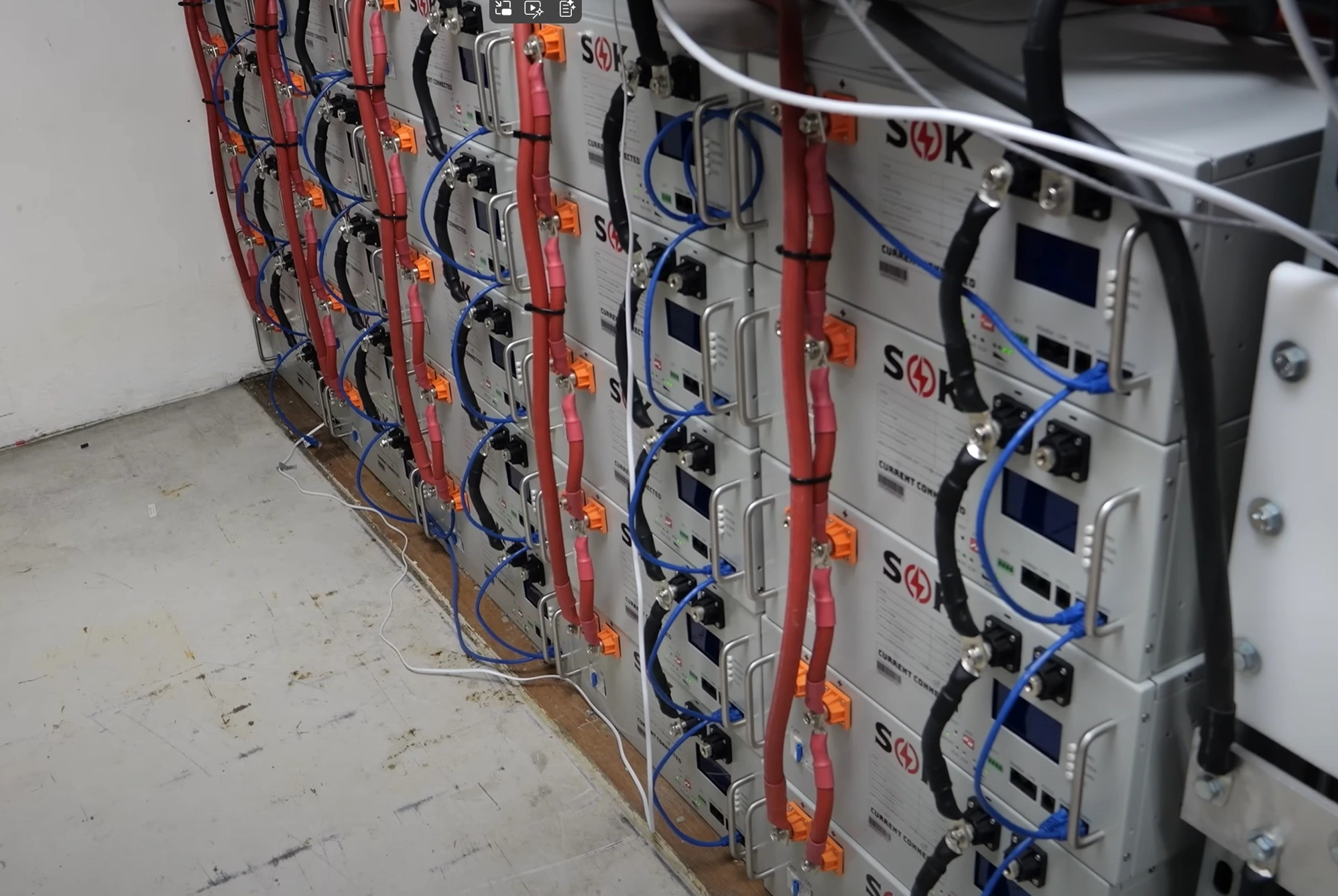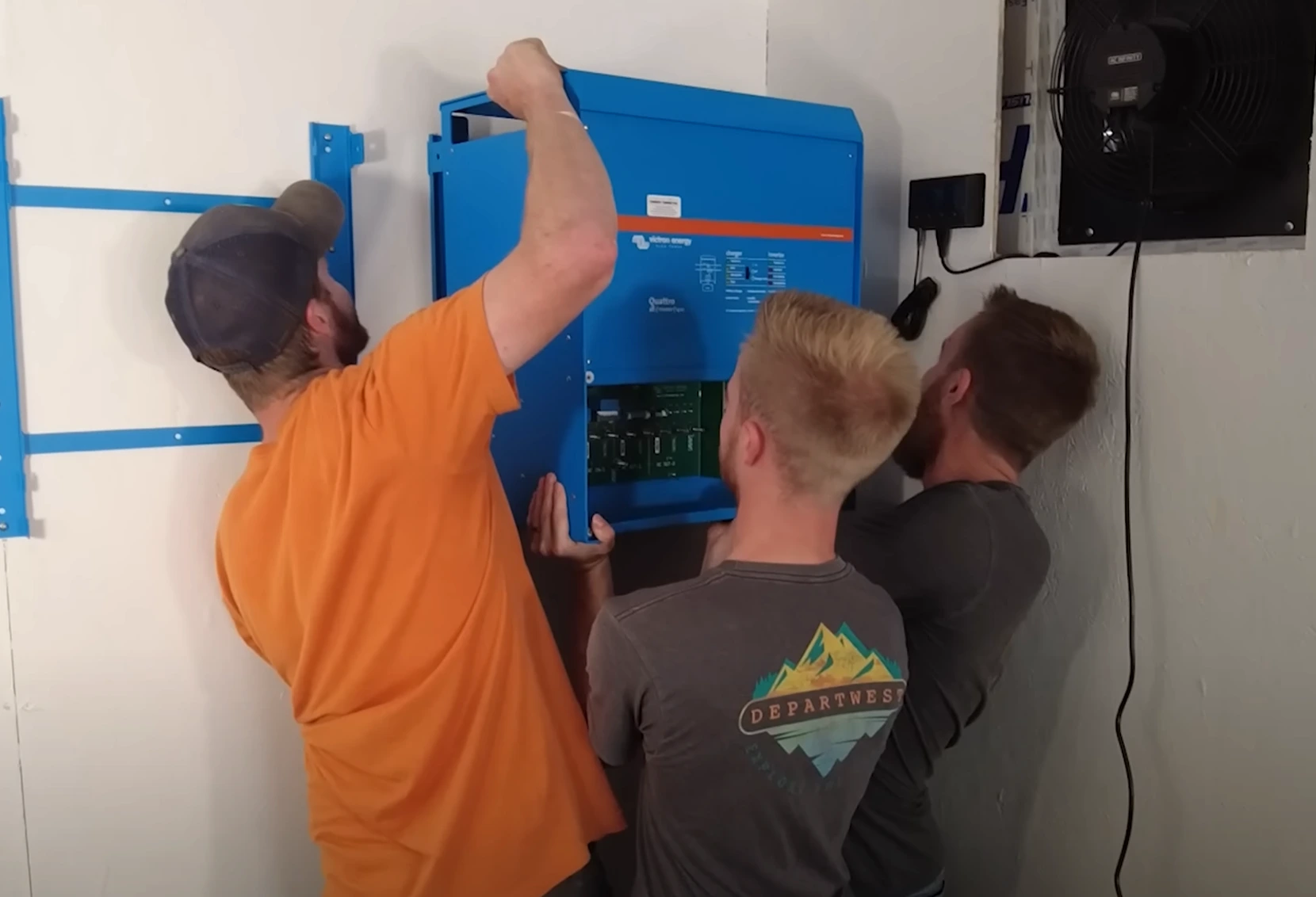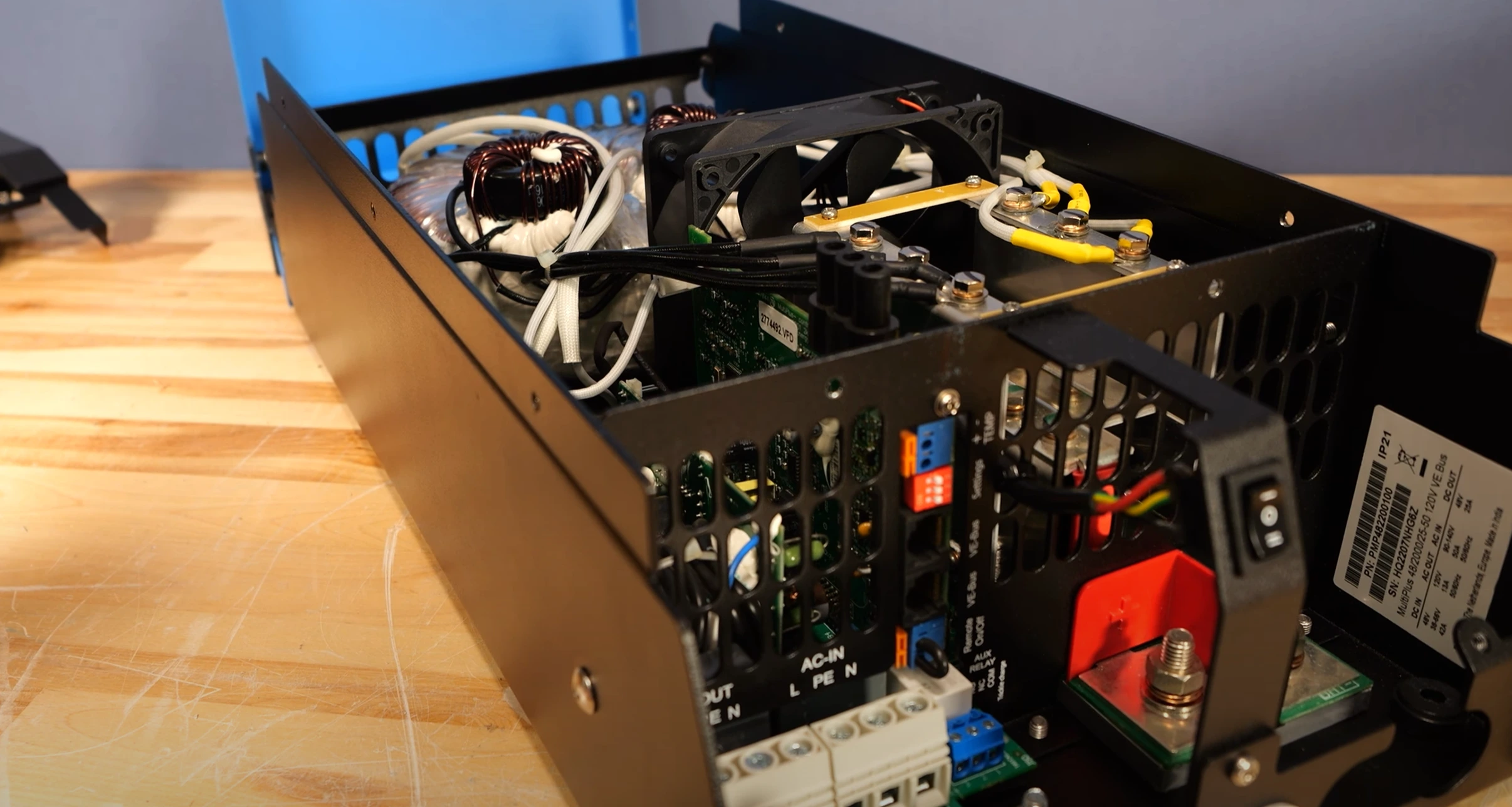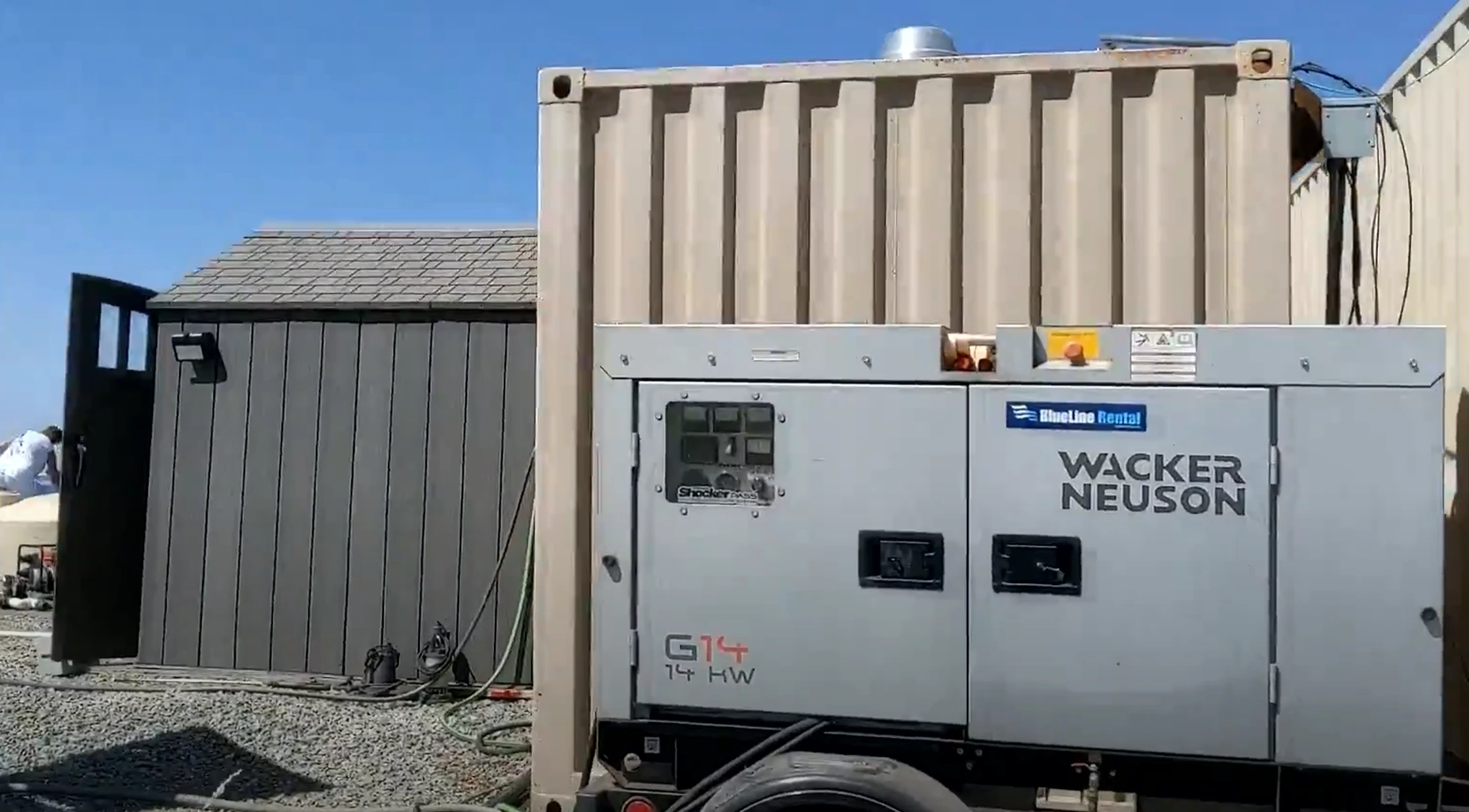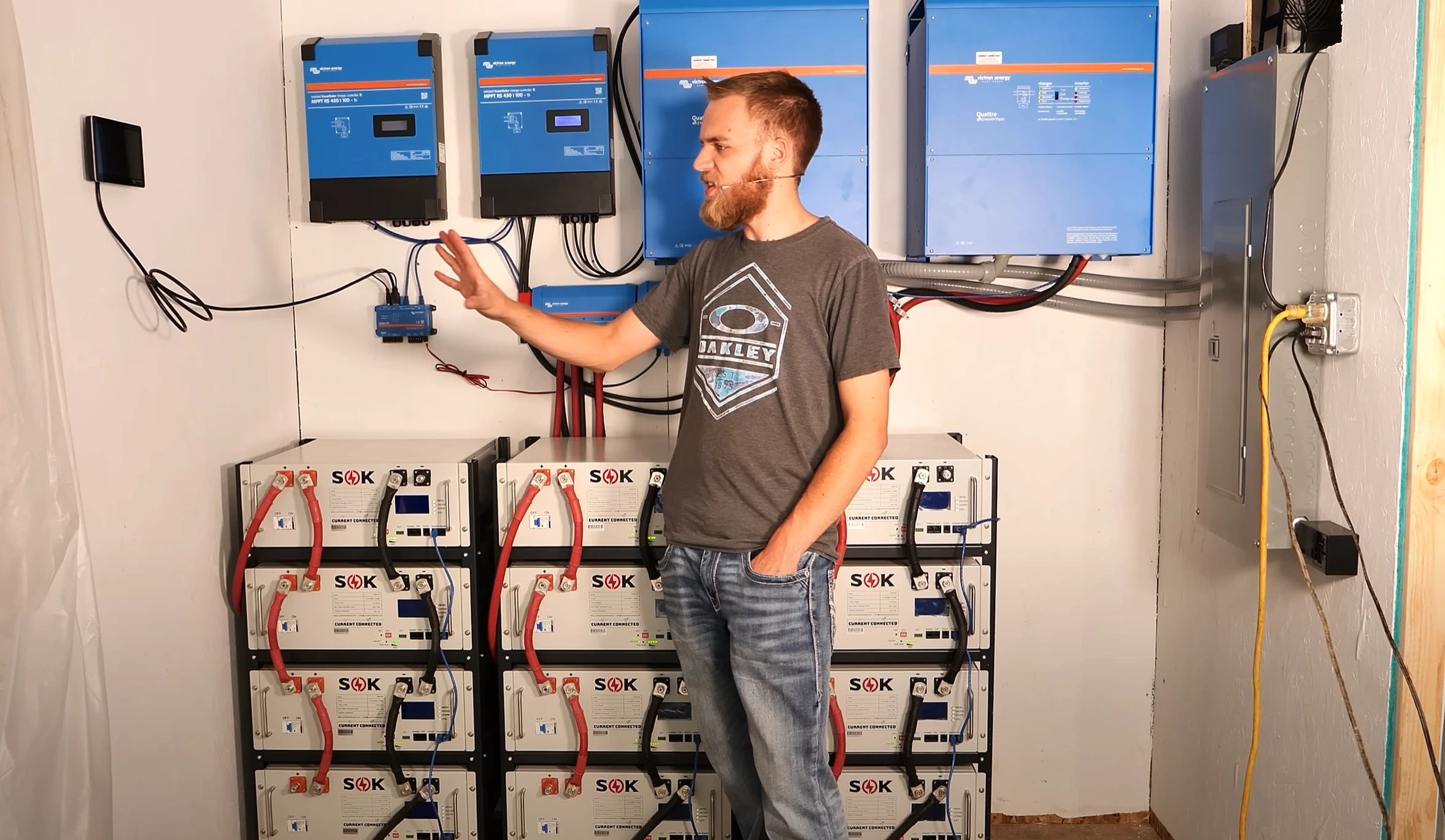It’s hard to know what you don’t know. Sometimes you need information, but you don’t know where to find it or what to ask. Here are some ideas that will help you approach your projects with clarity and confidence. Whether this is a refresher, new information, or just a spark of inspiration, there is something here for everyone.
Measure Your Current Energy Usage
Sizing your power system can be incredibly complex. Square footage has almost no bearing on the capacity requirements of your system, so it’s important to know how much energy you use in order to size your system properly. (Read our post about appliance consumption here.)
Reviewing your past 12 months of electricity bills will give you an idea of your average total consumption and seasonal fluctuations. It’s important to know how much energy you use in order to get the appropriate equipment for your needs.
Roof Condition and Panel Placement
If you plan to put your panels on a roof, ensure it’s in proper condition for racking and panels (no rotting, water damage, etc.), and ensure it’s oriented for optimal sun exposure. If your roof isn’t the optimal place, there are always floor and ground mounting solutions.
Identify Shade and Potential Obstruction
Many factors can reduce system efficiency like trees, vents, chimneys, or nearby buildings. A site survey can identify shading risks. Pick a spot without any obstructions to optimize efficiency. Proper planning will ensure your system is set up the right way the first time.
Do-It-Yourself Options
Deciding between batteries, inverters, generators, solar panels, and other alternative energy components can be intimidating. Each option impacts performance and maintenance. If your location gets very hot or cold, remember to build your system for extreme climates.
Some components are meant for either indoor or outdoor use while others can handle both.
Panel Type and Efficiency
Not all solar panels are created equal. Consider panel efficiency, warranty coverage, and cell-type. Also consider the various options available for panel racking. There are different sun exposure times for different regions, which means you want your panels at the best angle at the best time. Check out this handy calculator for panel angle calculation.
Battery Storage Needs
Different batteries meet specific needs. Adding a battery backup provides independence from the grid and peace of mind during outages for grid-tied setups. These systems typically need fewer batteries too. Off-grid systems generally require a larger battery bank that is discharged and re-charged daily.
You will always need high quality batteries whether your system is off-grid, grid-tied, or hybrid. There is always a battery that fits your needs.
Safety Precautions when Installing
Installation of electrical components has a high risk of injury, so be sure to maintain proper safety precautions by wearing Personal Protective Equipment (PPE) like an N95 mask, shoes with toe guards, ear plugs, insulated gloves, and eye protection depending on the situation.
Get ready for your project in advance with proper research and a prepared workspace. Stay organized and gather all tools and supplies before you begin.
Warranties and Service Agreements
Most system components include a manufacturer’s warranty with installation guidelines and specifications. Be sure to maintain access to the corresponding manual that belongs with your components for all warranty-specific terms.
Grid-Tied vs. Off-Grid
It’s important to know the difference between grid-tied and off-grid systems. Grid-tied systems are common, but off-grid setups require more planning and greater storage capacity.
A fully grid-tied system is like a common home where all components are still connected to your local utility grid, but there are alternative energy components connected as well. This could include a generator, solar panels, an inverter, or a battery bank.
Off-grid systems are completely independent. They aren’t connected to municipal infrastructure at all, so you rely entirely on your energy storage system. You must produce and store enough energy to meet your needs, whether that’s by utilizing a generator, solar panels, or another form of energy.
Future Expansion
Choose a system that grows with you. Building with scalable components provides future viability as your needs change and your system grows. The power of DIY is the power to choose. Don’t limit yourself with less expensive solutions that could cost much more to replace down the line when you could invest in scalable solutions today.
Conclusion
Consider all this before you begin the process of calculating, purchasing, and implementing your DIY electrical system. There’s a lot to consider, and remember to get specific advice from a licensed electrician. This serves as a great place to begin, and we hope you got something out of this to help get you started. Thank you for reading!

